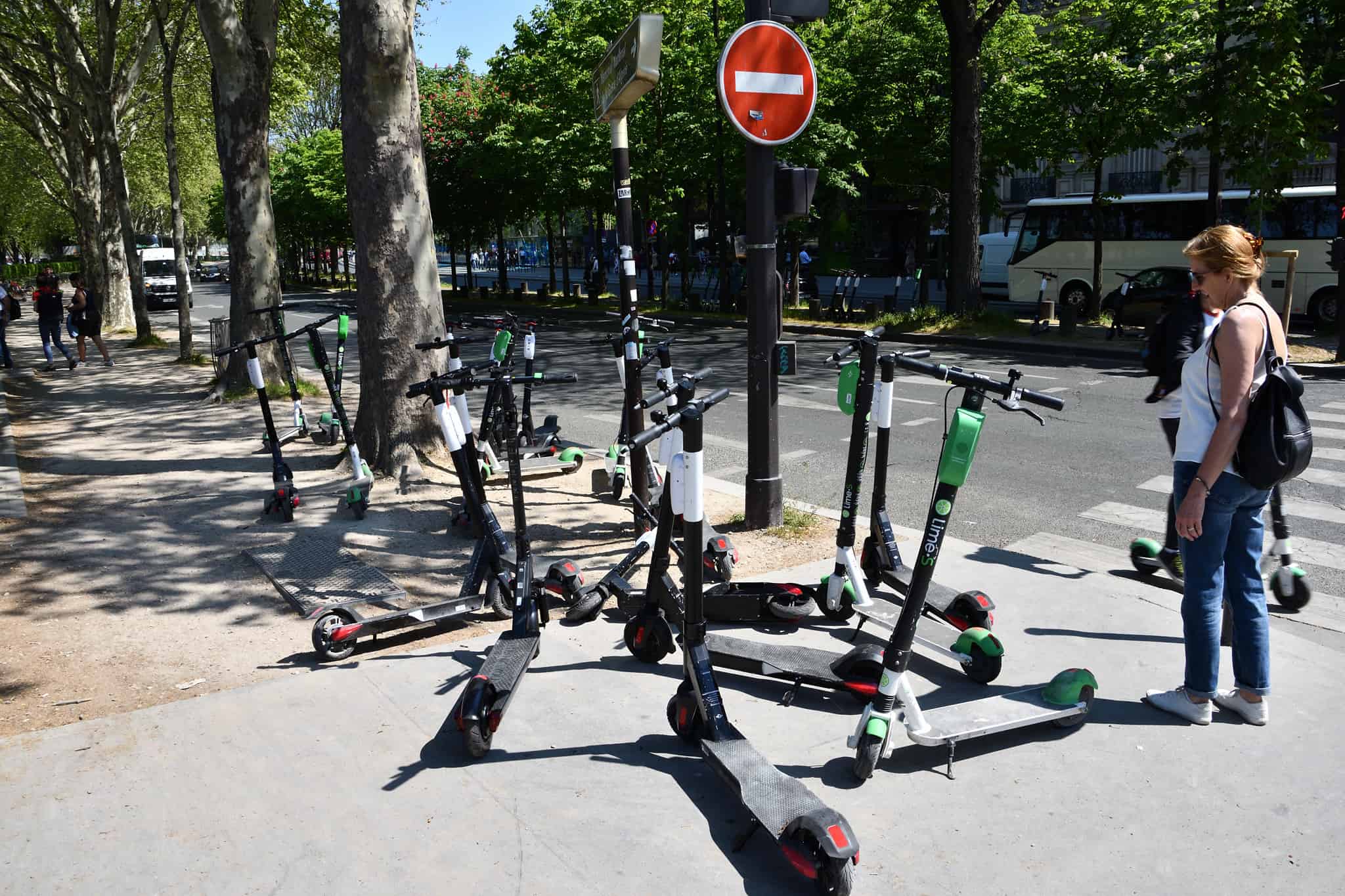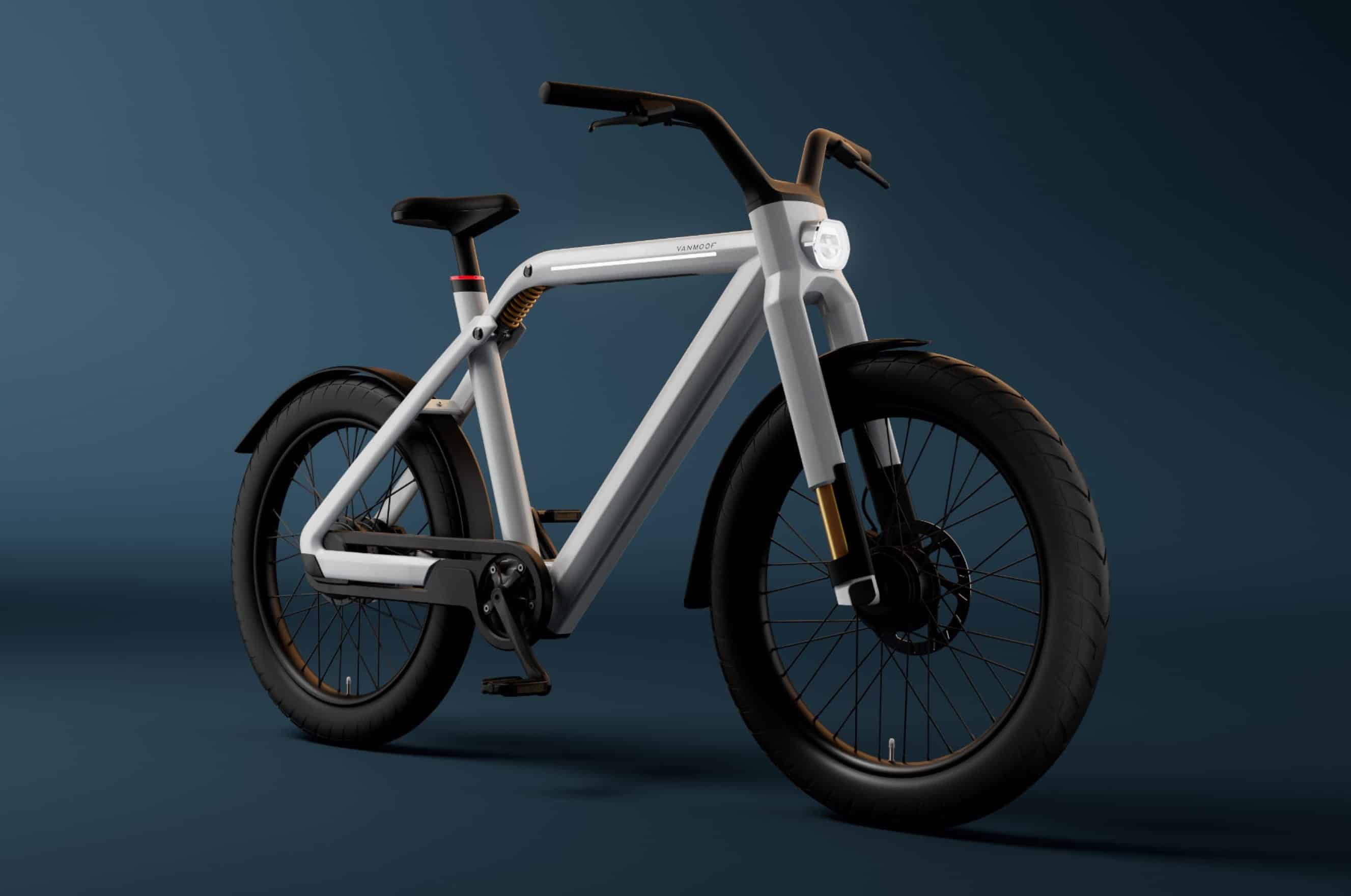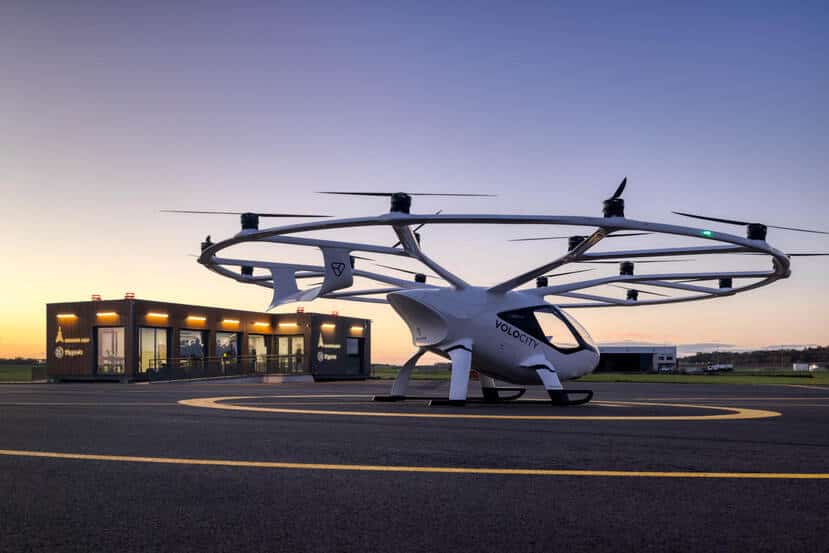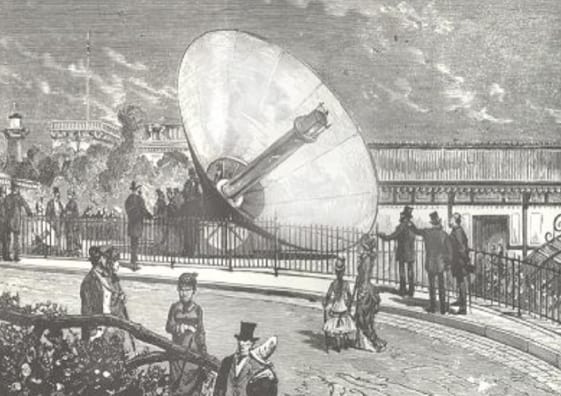
Micromobility services in Paris are having a significant impact on transportation patterns in the city, according to a recent study Les Echos writes about. The study found that over two-thirds of all trips taken using micromobility services in Paris would have otherwise been made using public transportation or walking, had these services not been available. This highlights the growing popularity of micromobility services as an efficient and convenient means of transportation. The study also revealed that trottinettes (e-scooters) are the most popular choice for short trips, while Vélib, the city’s free bike-sharing system, is the most widely used for longer trips lasting more than 30 minutes. Vélib’s popularity can be attributed to its established presence in the city, low cost compared to other options, and convenience for longer trips.
Male young professionals
The survey also shed light on the demographics of micromobility users in Paris. The majority of users are male young professionals aged between 25 and 34 years old. Other than being a convenient means of transportation, e-scooters are also seen as a fun activity. The study found that the main motivation for using micromobility services is travel time savings, followed by playfulness and money savings.
Paris is one of the many cities that have seen an influx of micromobility services in recent years. This trend has been driven by companies like Tier, Dott, Bird, and Lime, who offer applications that allow users to locate their e-scooters, bikes, and electric scooters for hire. In Copenhagen, Denmark, in contrast to the use in Paris, Voi’s e-scooters have been found to be combined with public transport for almost every third ride.
Adapting the city
In an effort to reduce the hazards and nuisances associated with micromobility services, Paris is taking a number of steps to improve their safety and regulate their use. This includes requiring companies to place geofencing limits around certain areas, such as parks, to prevent riders from entering them. Companies must also provide insurance for riders in case of accidents or injuries, as well as training for riders on how to safely use their vehicles. The city is also working on creating dedicated lanes for micromobility services in order to reduce the risk of accidents with pedestrians.
Next April, the mayor of Paris will organize a participatory vote on the conservation of micromobility services in the streets of the capital. The start-ups in the sector, aware of being in the hot seat, have multiplied the measures aimed at regulating their practice. Scooters are now registered in order to identify them more easily in the event of a problem. Lime, Dott and Tier also ensure that they will increase by 20% the number of patrol officers responsible for moving the devices so that they do not interfere with traffic or passers-by. Finally, it is mandatory to scan your identity card on the application in order to know who has rented the device.








